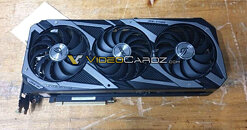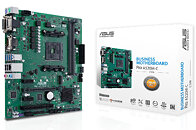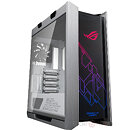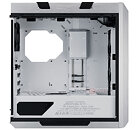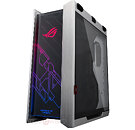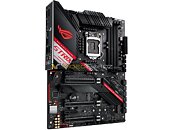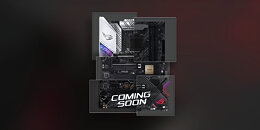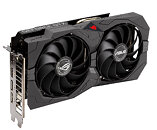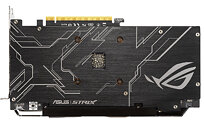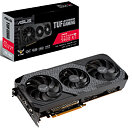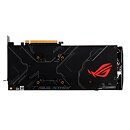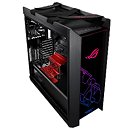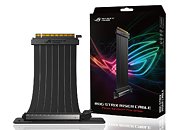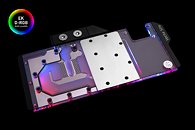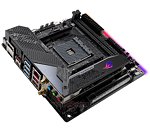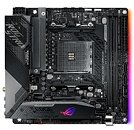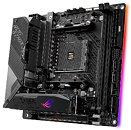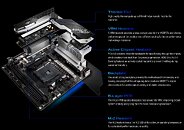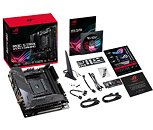
ASUS ROG Strix GeForce RTX 3090 Ampere Pictured
Here's a much clearer picture of the ROG Strix GeForce RTX 3090 "Ampere" graphics card by ASUS. A render of this card was revealed back in July, when the RTX 3090 was still speculated to be called the "RTX 3080 Ti." The card features the latest iteration of the ROG Strix design scheme by ASUS, with more shiny metal bits that conceal lighting elements. The cooler features a chunky aluminium fin-stack heatsink that's ventilated by three Axial-Tech fans. The card is 3 slots thick, and about an inch taller than what would constitute "full height." VideoCardz, which is also the source of the image, predicts that ASUS could use same board design for both the RTX 3090 and the RTX 3080. We've seen custom-design RTX 3090 cards featuring as many as three 8-pin PCIe power inputs, while those based on the RTX 3080 have been shown with two. With the RTX 3090 and RTX 3080 being based on the common silicon, the GA102, differing in memory and core configurations, the R&D costs for custom-design board partners is greatly reduced.
